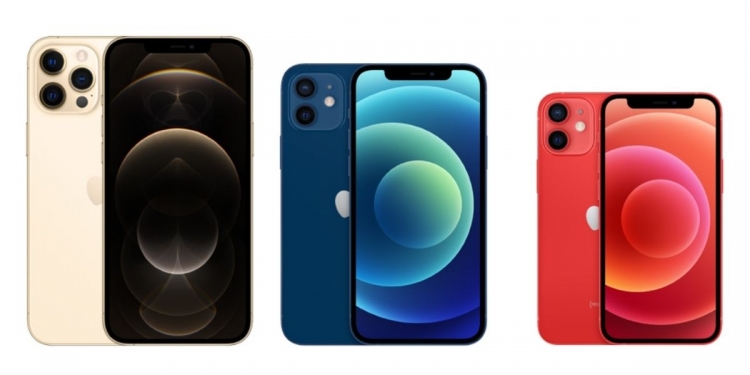Finally, finally. The delayed iPhone 12 has been launched, and as expected, Apple is diversifying its current lineup of iPhones with a new, smaller model, while the range-topping iPhone of 2020 continues under the “Pro Max” moniker.
iPhones, of course, are hotly-anticipated for a lot of things—chief among which is the fact that it’s.. well, an iPhone. Regardless of your reasoning, if you’re thinking of picking up an iPhone 12 when it sees a Malaysian release, hold your horses.
First, here are the top 12 things you need to know.
1. No high refresh rate displays in 2020
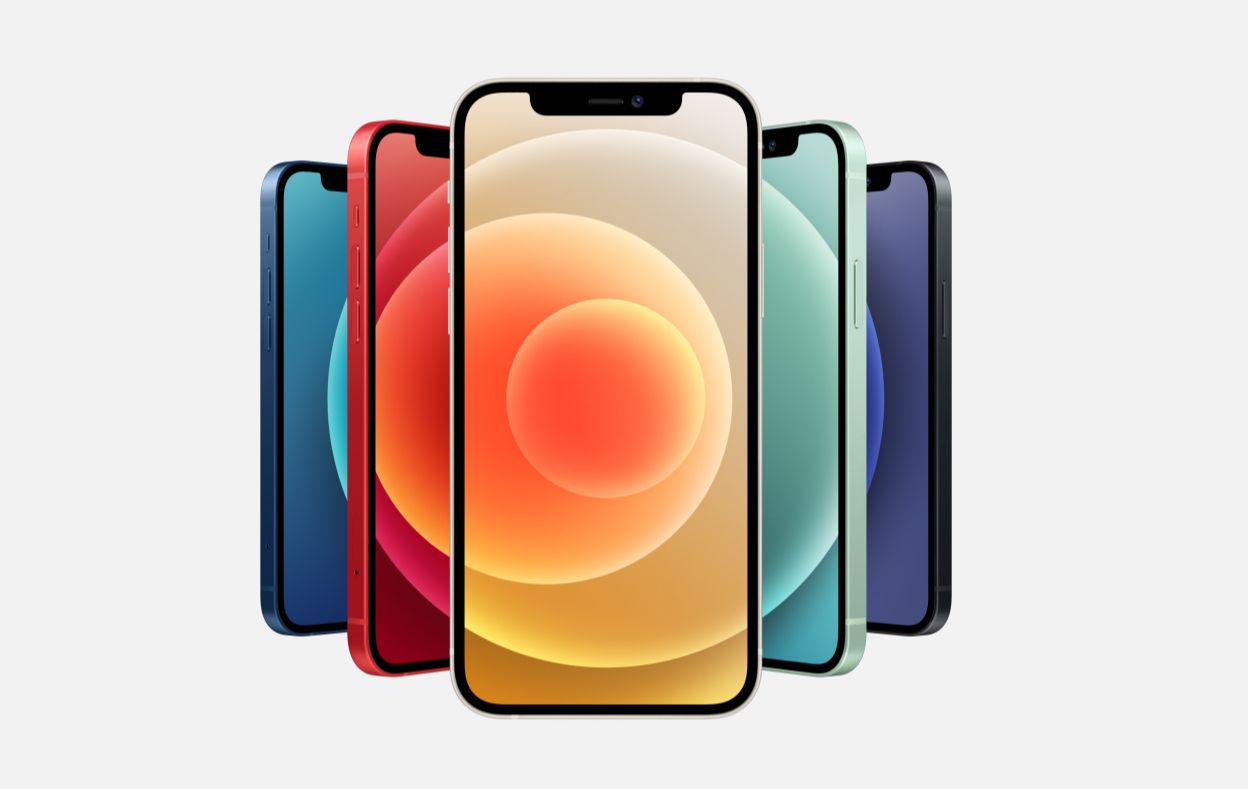
This was a rumour that has unfortunately proven to be true. The iPhone 12 series only features 60Hz refresh rate displays across the board—including the range-topping iPhone 12 Pro Max. Most Android smartphones, of course, already feature 90Hz, or even 120Hz refresh rate displays—usually, at prices that are a lot more affordable.
Rumours suggest it might have something to do with battery life, with the iPhone 12 series also supporting power-hungry 5G connectivity. Still, if Android phone-makers could do it…
2. 5G across the board, but only Sub-6GHz
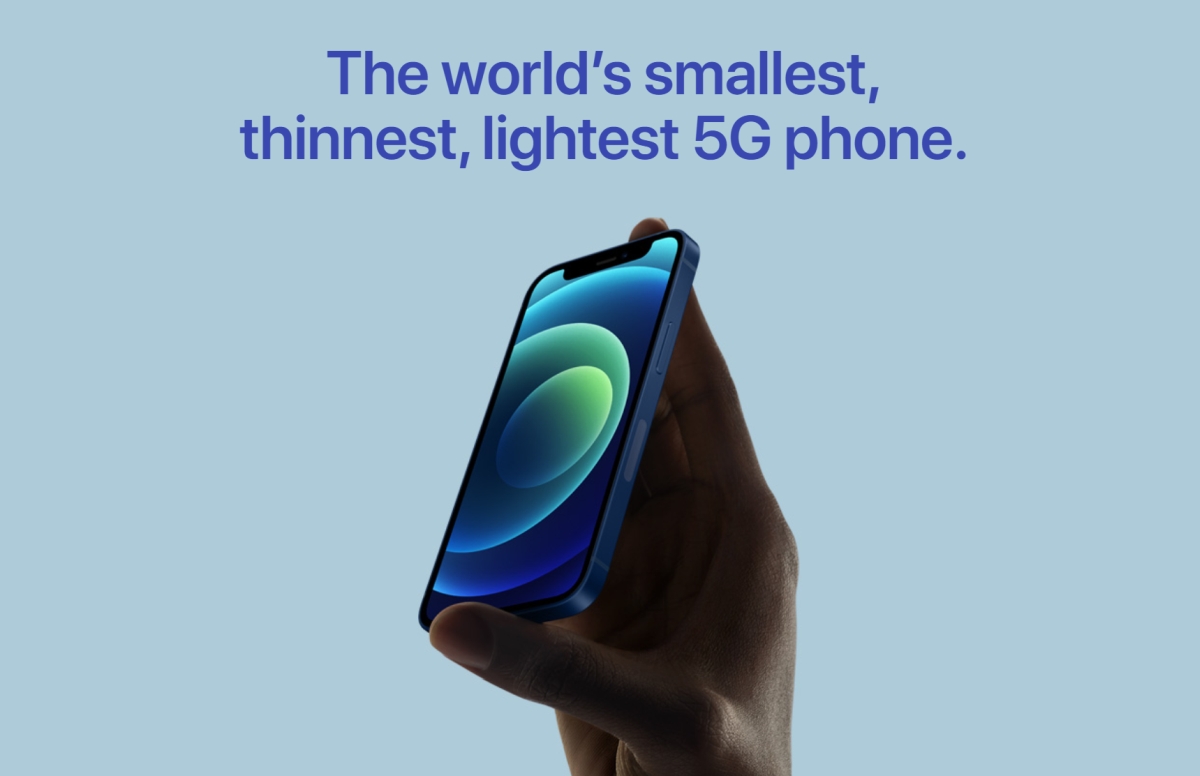
5G isn’t even available in Malaysia, and we might not even see the next-gen networks even after the iPhone 13/12s. Apple clearly has the future in mind, however, with 5G support across the board on the iPhone 12 series—including the iPhone 12 Mini. Additionally, Bluetooth 5.0 is supported, along with WiFi 6 (802.11ax).
However, there’s something to note regarding the 5G capabilities of the iPhone 12 series. In Malaysia, the new iPhone models only support Sub-6GHz bands, not mmWave 5G. For some context, mmWave 5G offers faster theoretical speeds, although Sub-6GHz 5G frequencies can penetrate further using fewer network towers.
From what we know, mmWave support is limited to the U.S. market.
3. A brand new model: the iPhone 12 Mini
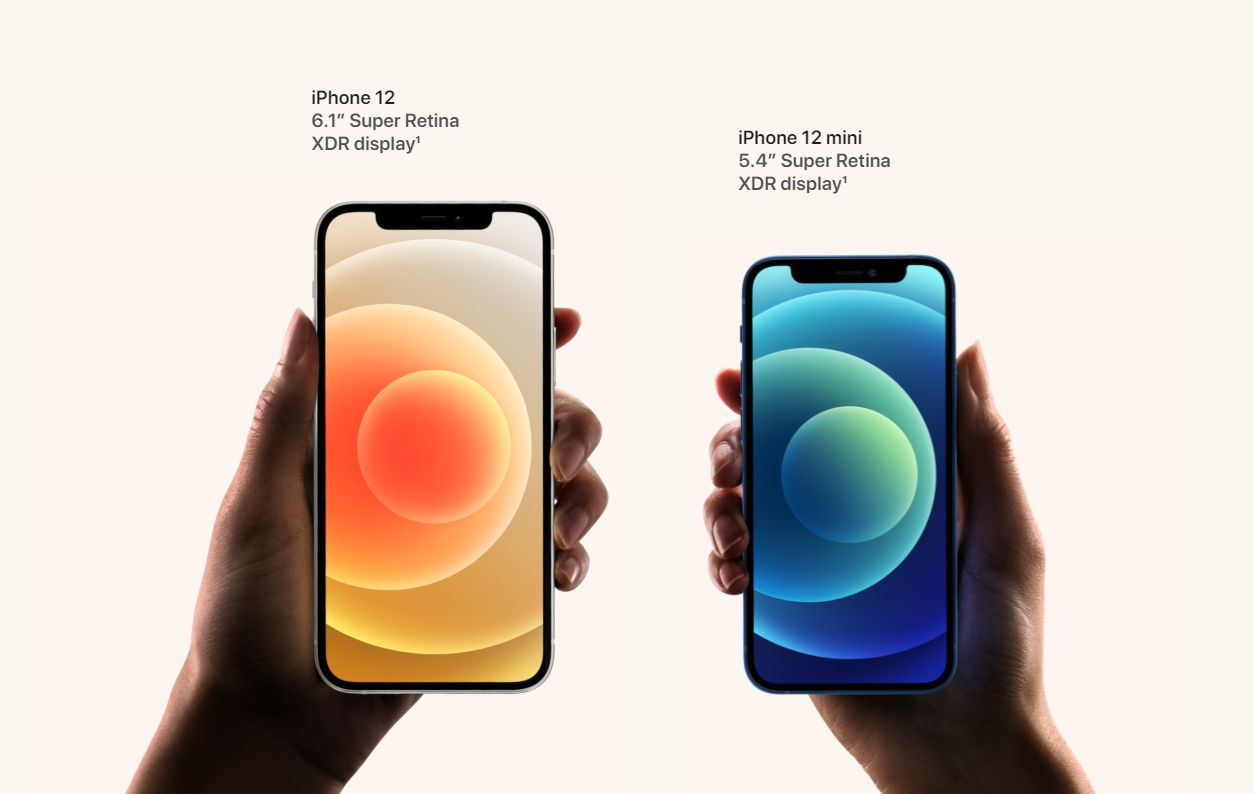
Putting aside the iPhone SE 2020, the new base model of the current iPhone series is the iPhone 12 Mini. This means that there are four current iPhone 12 models: the iPhone 12 Mini, iPhone 12, iPhone 12 Pro, and iPhone 12 Pro Max.
The best news? The base model iPhone 12 Mini uses the Super Retina XDR display—which utilises an OLED panel with HDR. This is particularly noteworthy, given the fact that the iPhone 11 missed out on OLED screens last year.
4. MagSafe… for iPhone?
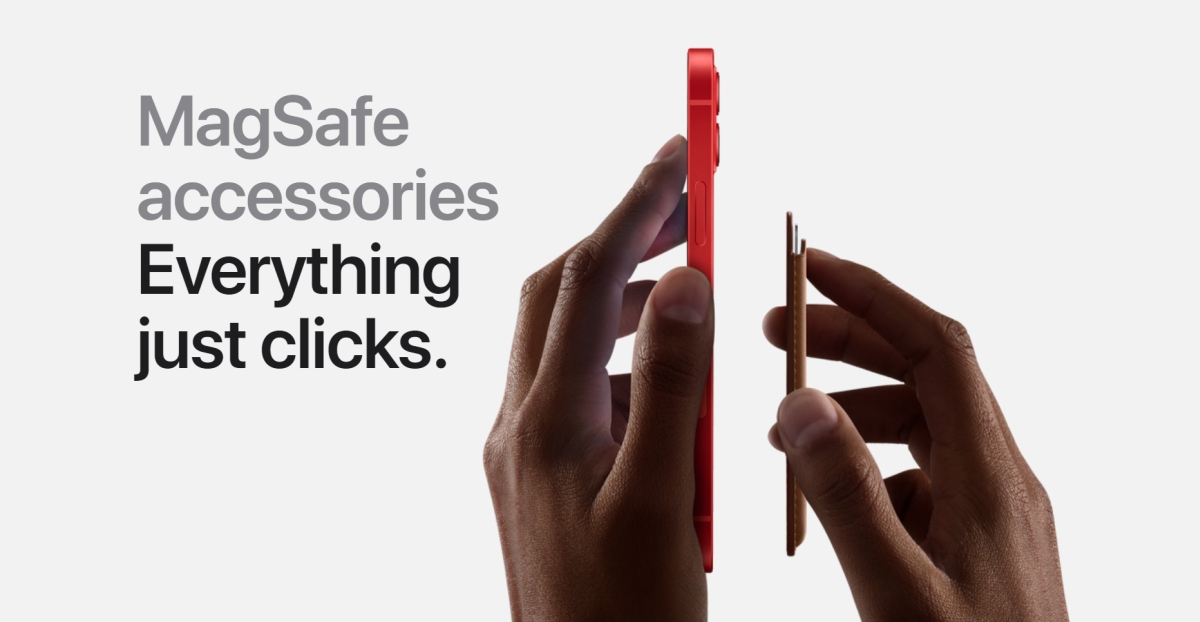
For those of you who have used older MacBooks, you’ll remember this. MagSafe was Apple’s proprietary charging head technology, where the charging head was magnetically attached to your laptop when charging.
Now, Apple is offering MagSafe wireless charging on the iPhone 12 series. Basically, a wireless charger will snap and align into place via magnets to ensure perfect placement when charging—much like the way Apple Watch chargers work. Apple also promises that additional accessories will work along with MagSafe, including an official shielded wallet case for the iPhone 12.
5. FaceTime in 1080p, at long last
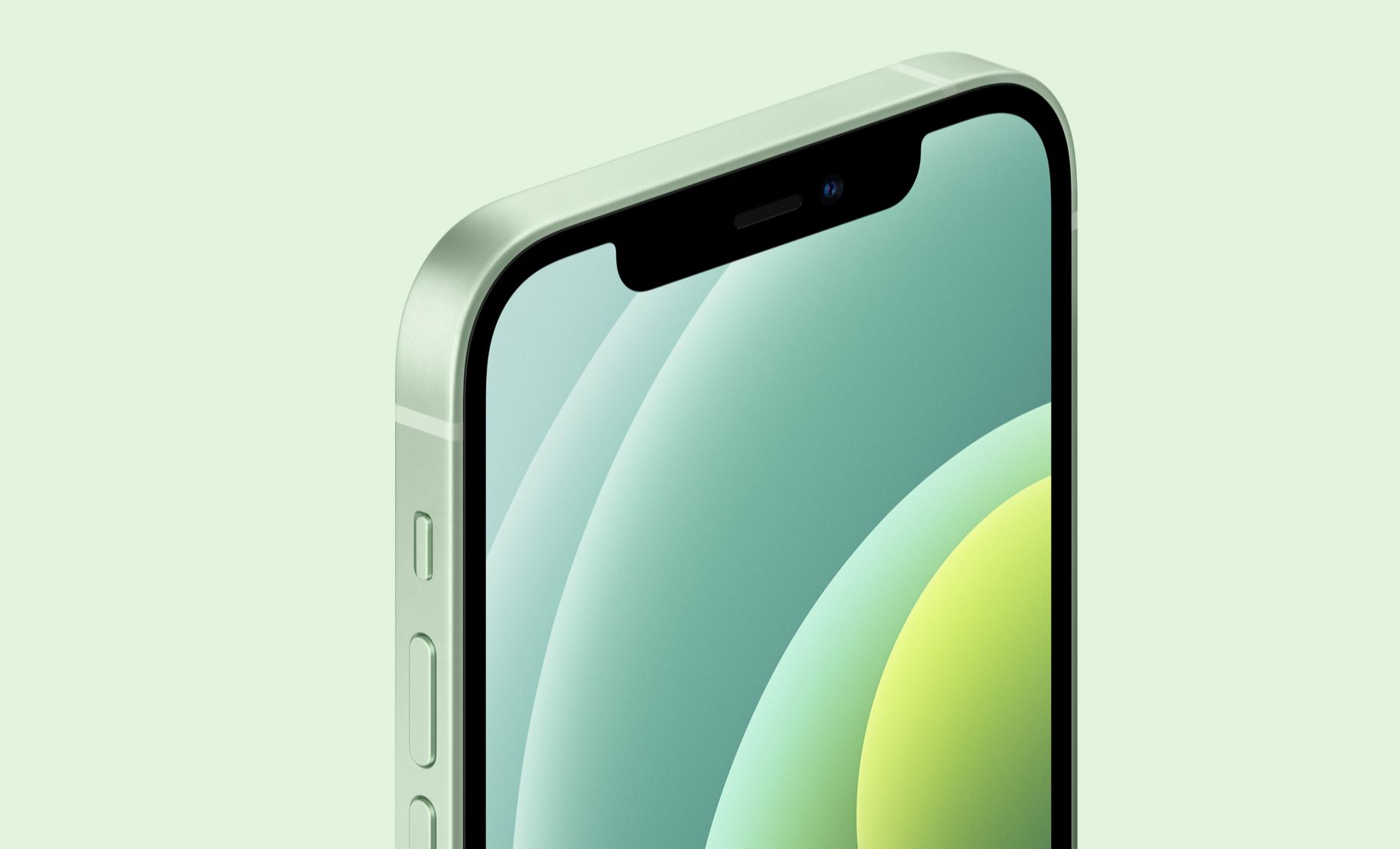
The entire iPhone 12 series now supports 1080p FaceTime calls. As the world relies on video calls more than ever, Apple has finally heeded calls to improve the resolution of its native video calling app—to Full HD. However, you’ll only be able to make 1080p FaceTime calls over 5G or WiFi.
6. A14 Bionic: The first commercially-available 5nm chip in the market
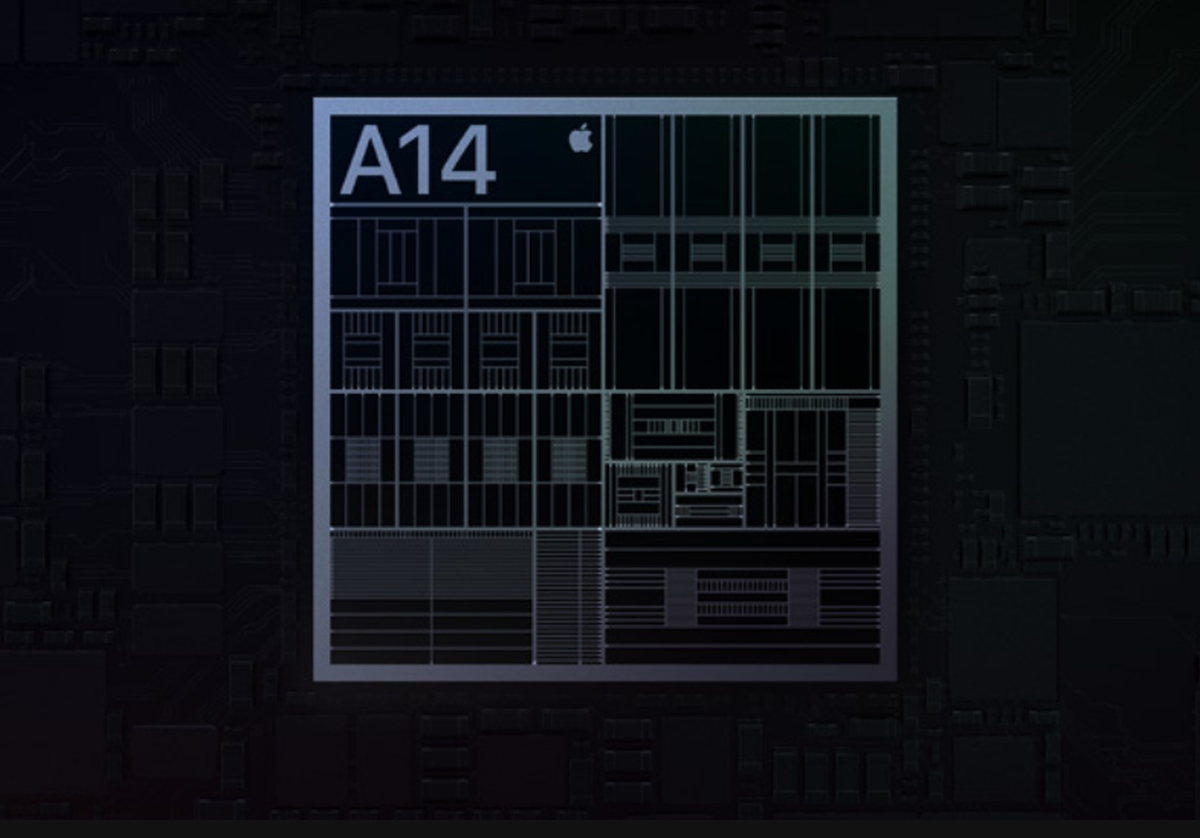
First seen on the new iPad Air, the iPhone 12 series runs on the Apple 14 Bionic chipset, featuring a 6-core CPU, 4-core GPU, and a 16-core Neural Engine. According to Apple, this is the first commercially-available 5nm chip in the market, with 3 billion more transistors than its predecessor, the A13.
This should also be reflected in improved raw performance, and with the A14 used across the board (including the iPhone 12 Mini), you can expect to run the latest mobile games and power-hungry apps without any hitches.
7. LiDAR sensors on the iPhone 12 Pro (and 12 Pro Max)
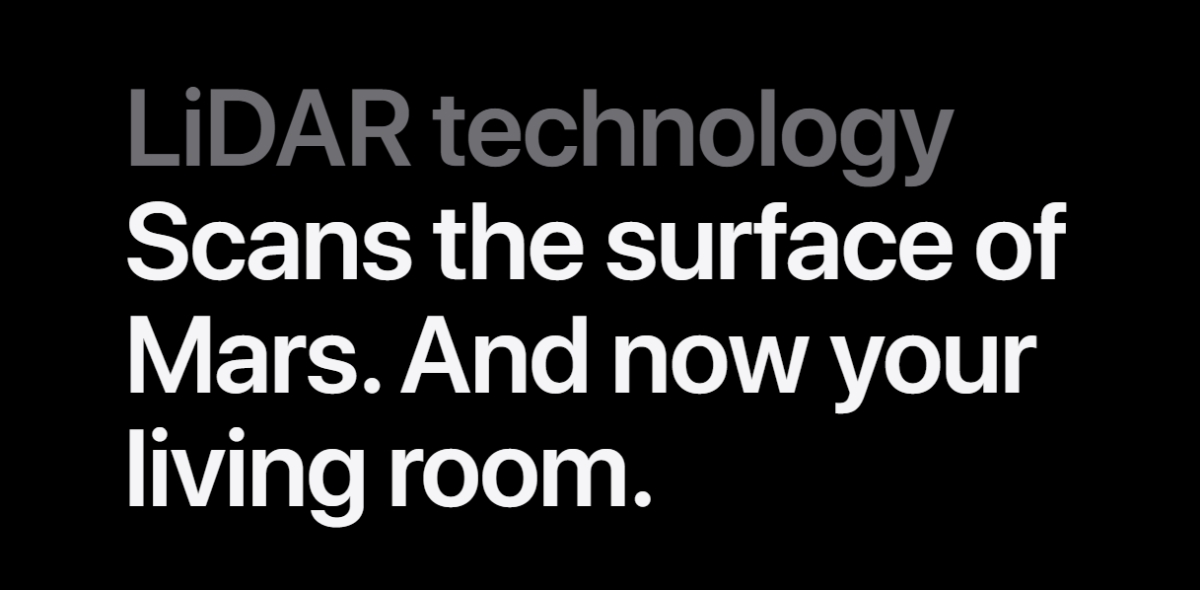
Something else that has been brought over from an iPad (Pro, this time) is the LiDAR sensor on the iPhone 12 Pro and 12 Pro Max. This will have applications in augmented reality (AR), with detailed AR depth mapping improved with the new sensor. Additionally, the LiDAR sensor offers a faster auto-focus on the iPhone 12—Apple promises six times the auto-focus speed in low-light settings.
8. 4x–5x optical zoom… but not really
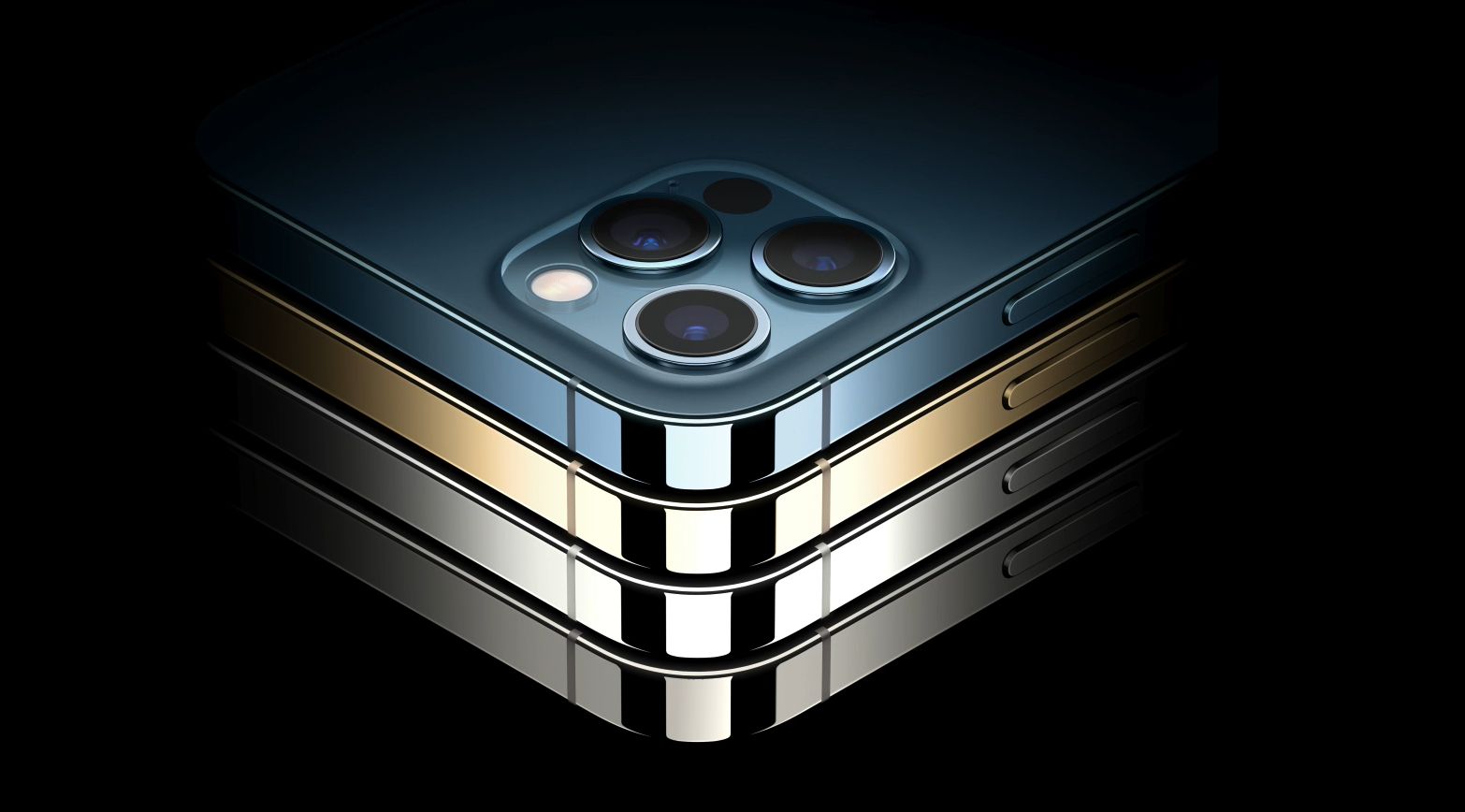
Apple talked about the zoom capabilities of the iPhone 12 Pro during the keynote, claiming that 4x–5x of optical zoom range was supported via telephoto cameras. However, it’s worth noting that Apple takes into account the ultra-wide angle, zoom out camera when calculating this. In reality, you’re getting 2.5x optical zoom on the iPhone 12 Pro Max, and 2x optical zoom on the smaller iPhone 12 Pro.
9. Nope. No chargers here
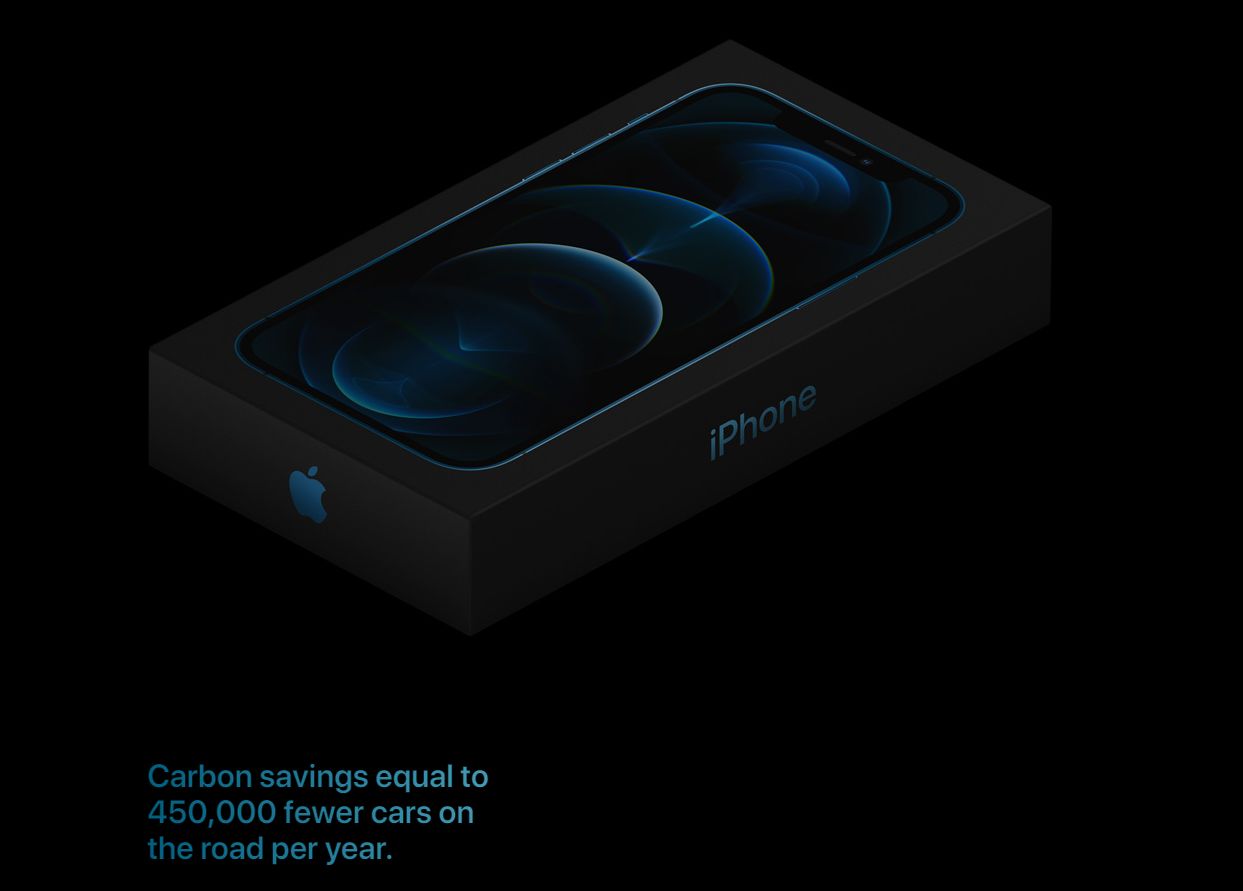
Do you have a bunch of power bricks lying at home? Yes? Then this one is for you. Apple has confirmed that the new iPhone 12 series will ship without a charger, or even EarPods headphones. This is supposedly part of the company’s sustainability effort to reduce carbon emissions through its products, although you still get a USB-C to Lightning cable in the box.
Of course, there isn’t a 3.5mm headphone jack, so you’ll need to pick up a pair of AirPods as well—makes sense, right?
10. The biggest iPhone screen ever
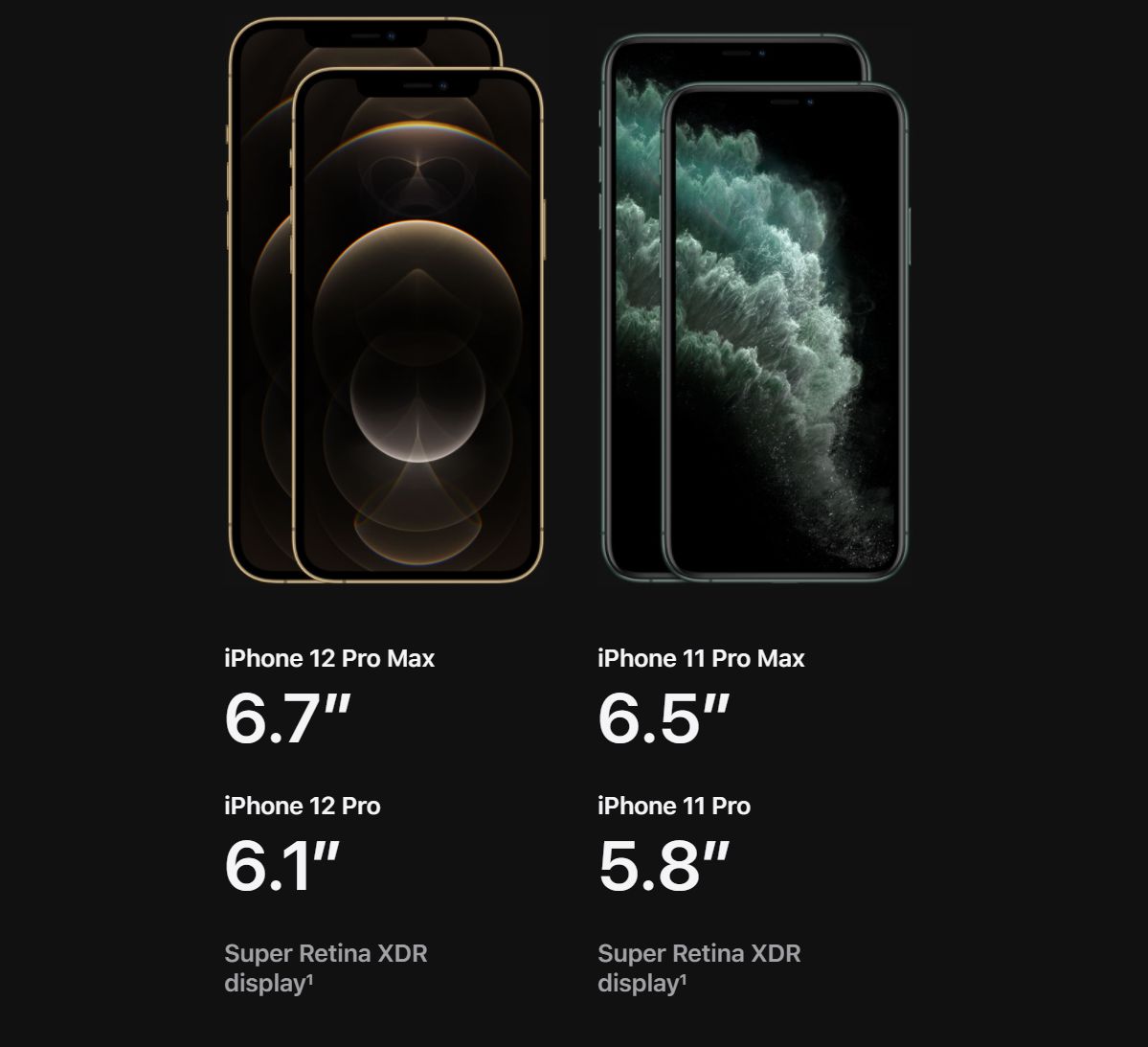
Something that you might have missed is that the iPhone 12 Pro Max has the biggest screen ever seen on an iPhone. Both Pro models have larger displays now compared to their predecessors, with the iPhone 12 Pro Max featuring a 6.7″ display, and the smaller Pro model using a 6.1″ display.
Meanwhile, the iPhone 12 Pro and Pro Max use Super Retina XDR displays with OLED panels, with Apple promising a contrast ratio of 2,000,000:1, and a max brightness of 1,200 nits for HDR.
11. Dolby Vision HDR video recording on the iPhone 12 Pro and Pro Max
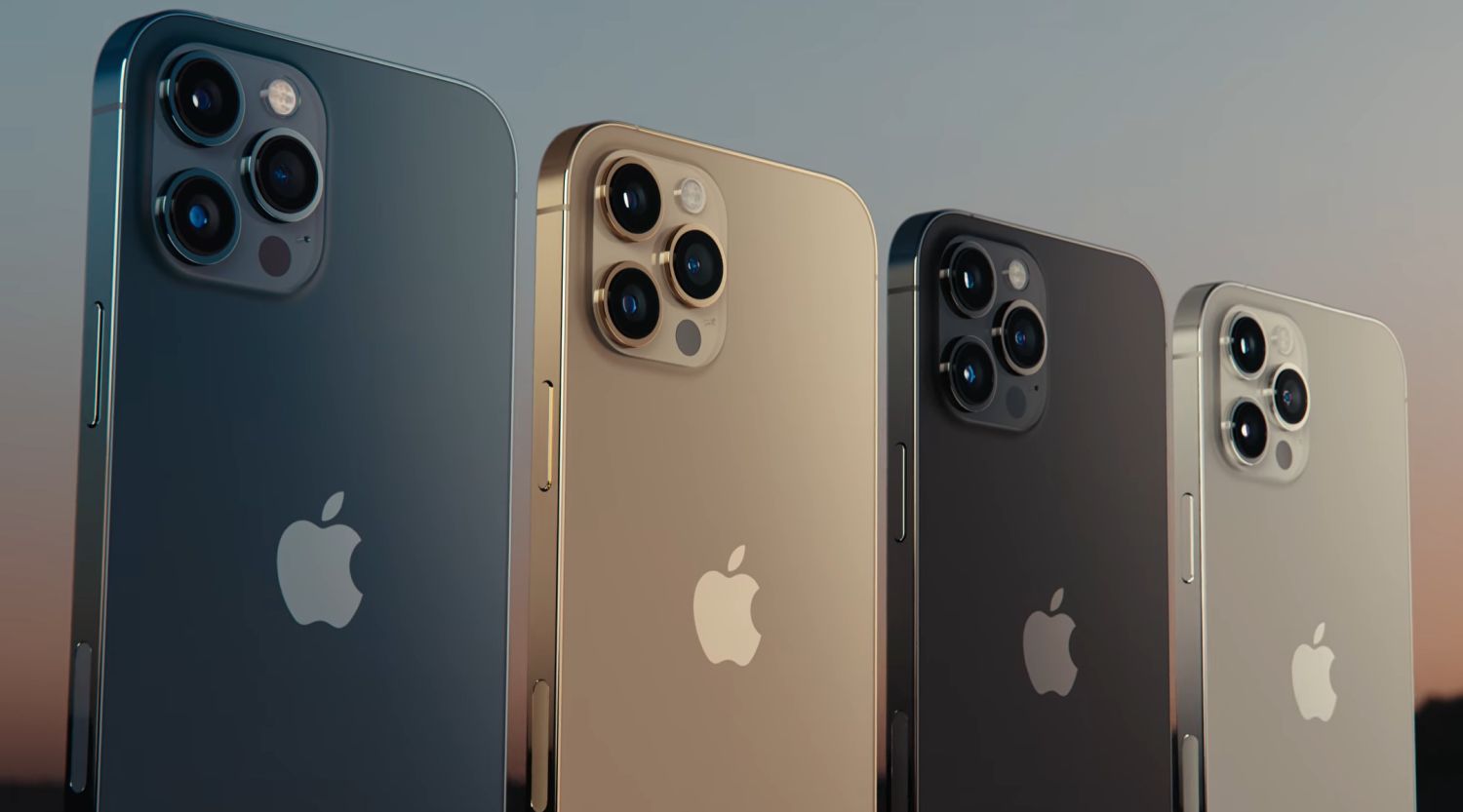
According to Apple, the iPhone 12 Pro (and Pro Max) are the first smartphones to allow users to capture, edit, watch, and share Dolby Vision content—on a single device. Dolby Vision HDR video recording is supported in 4K at 60 fps, although 8K video shooting is still not available on an iPhone.
12. Apple ProRAW isn’t available just yet
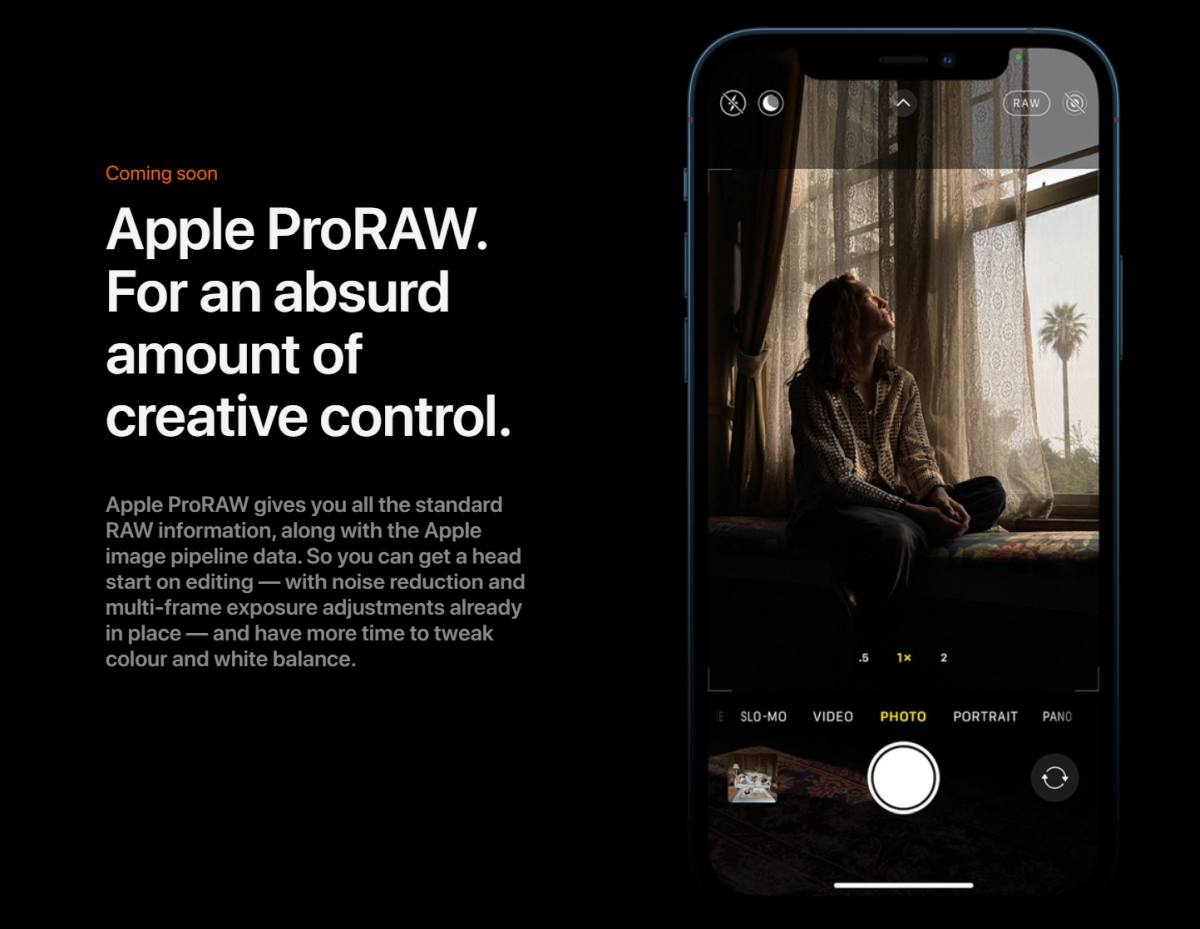
One of the most interesting things about the iPhone 12 Pro and 12 Pro Max is a new format for photos: Apple ProRAW. Essentially, this will offer users the flexibility of RAW images, coupled with Apple’s computational image processing capabilities. However, ProRAW isn’t available at launch, and will probably be pushed to the iPhone 12 Pro and 12 Pro Max via an OTA software update.
Official pricing in Malaysia is now available:
5.4″ iPhone 12 Mini
64GB – RM3,399
128GB – RM3,599
256GB – RM4,0996.1″ iPhone 12
64GB – RM3,899
128GB – RM4,099
256GB – RM4,5996.1″ iPhone 12 Pro
128GB – RM4,899
256GB – RM5,399
512GB – RM6,2996.7″ iPhone 12 Pro Max
128GB – RM5,299
256GB – RM5,799
512GB – RM6,699
We don’t have official details for Malaysian availability just yet, but the iPhone 12 and 12 Pro will open for pre-orders in first wave countries (UK, U.S., Australia, Singapore) from the 16th of October 2020, with an official release date of 23rd October. Meanwhile, the iPhone 12 Pro Max and the iPhone 12 Mini will be available in first wave countries on the 13th of November, with pre-orders to open on the 6th of November.

